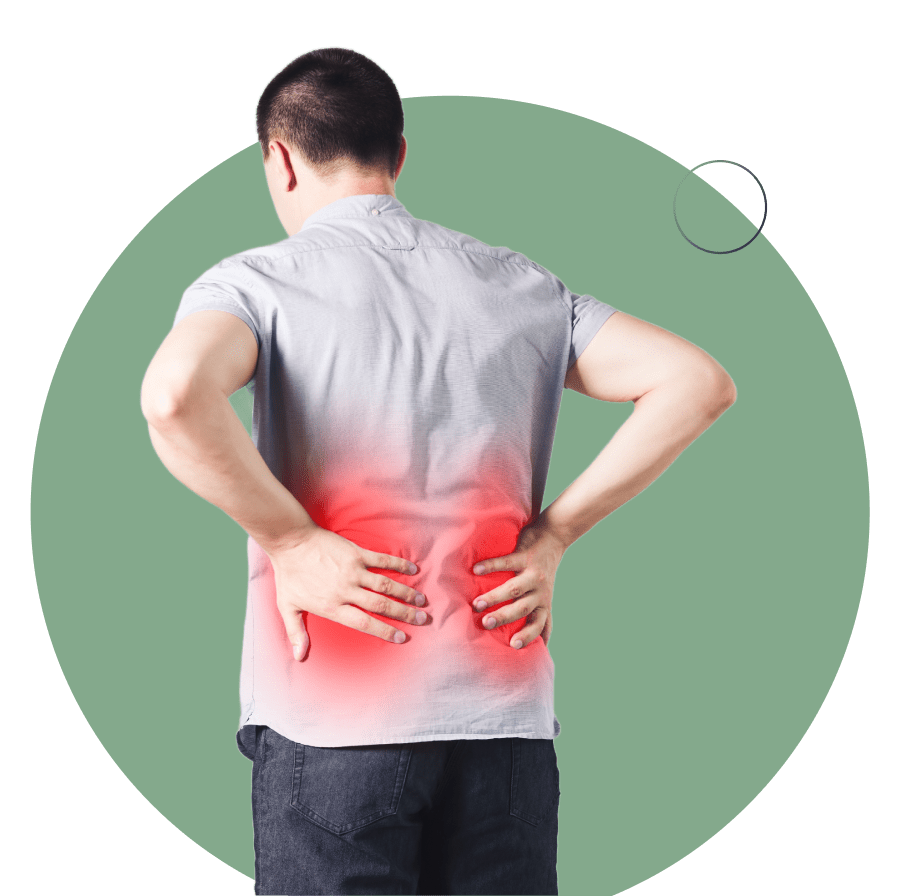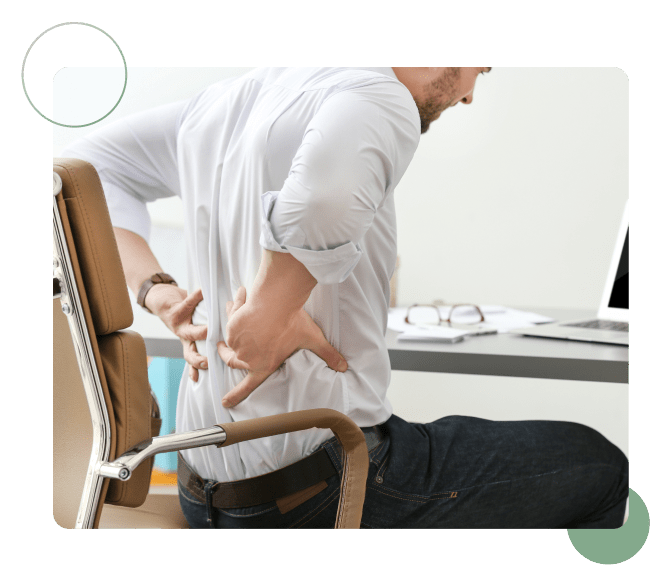Lower Back Pain Treatment In San Diego, CA
Lower back pain can result from various causes such as injuries (lifting, bending, car accidents, falls), disc bulges, or herniations, and sometimes it can appear without warning. Issues in the pelvis or lower back and changes in muscle tone, core strength, and gait patterns can lead to chronic back pain.
Lower back pain can radiate to other body parts, like the legs, causing pain, tingling, numbness, or weakness. This happens when the nerves in the lower back become compressed and irritated. Hence, we evaluate muscles, bones, and nerves to understand the root cause and determine the best treatment plan. In most instances an MRI is needed to view what is specifically causing the nerve compression.





